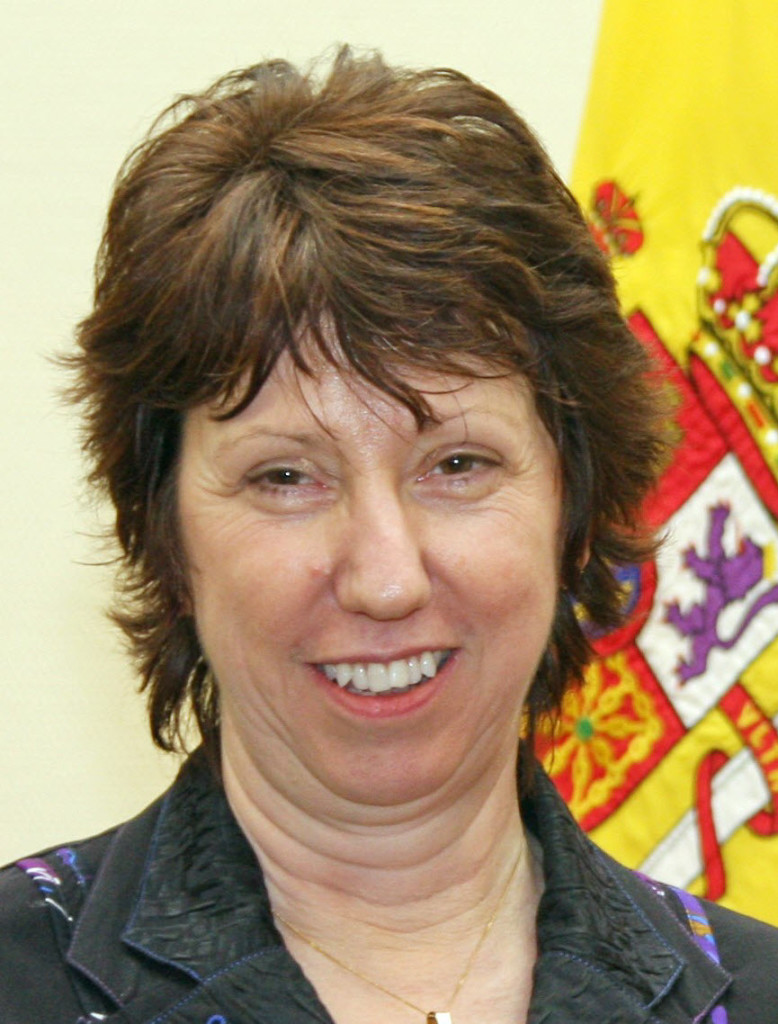
October 04-2013
The key to a nuclear agreement between Iran and the rest of the world may have nothing to do with the substance of that agreement but everything to do with the sequencing. In other words, there may be little argument over what Iran and the West must do, but a big argument over when.
And that is all because neither side trusts the other to fulfill its pledges.
It is broadly understood that an agreement entails the West lifting all sanctions on Iran in exchange for Iran becoming totally transparent about its nuclear program and restricting its nuclear program.
But Iran wants the West to lift many of the sanctions first while the West insists that Iran cut back on its program first.
Within Israel and among many US Republicans there is widespread fear that President Obama and the Europeans are naÔve souls prepared to give the Islamic Republic whatever it wants in exchange for vague pledges.
Obama and the EU are putting more effort right now into killing that idea than into shaping a possible agreement with Iran.
Catherine Ashton, the European Union’s foreign policy chief, is intent on showing her tough side. She warned Monday against rushing to ease economic sanctions on Iran.
“We should be ready to move if they are ready to move, but not ready to move until they are ready, they have done it and they have proved it and we are confident in them,” Ashton said at the Woodrow Wilson International Center for Scholars in Washington.
It was an especially blunt description of a policy of relaxing sanctions only after Iran has not only made commitments, but also carried them out.
Ashton acknowledged Israeli Prime Minister Binyamin Netanyahu’s concerns over diplomacy with Iran and said he is by no means alone.
“There are plenty of others who have good reason to be concerned…. They need to also feel a part of this,” she said. “Part of being level-headed and clear-eyed is to say, ‘OK, if this is real, let’s make the deal and let’s make sure that everybody can be confident in what we are actually doing.’ That means the people of Iran, the people of America, the people across the world, including those who are most worried and most skeptical about what is happening.”
The Big Six and Iran will meet again in Geneva on October 15 under Ashton’s chairmanship.
“We have to be clear-eyed,” said Ashton, expressing confidence that Iranian Foreign Minister Mohammad-Javad Zarif is serious about finding a solution. She didn’t address the question of whether Supreme Leader Ali Khamenehi would back up Zarif.
Zarif, for his part, is talking the other way. In an interview on ABC’s “This Week” Sunday, Zarif said the first thing he wanted from the United States was for it to “dismantle its illegal sanctions against Iran.”
Asked what he was prepared to give up for that, Zarif said, “Iran is prepared to negotiate.” Of course, no one should expect Zarif to display his hand on television before talks begin. But he failed to signal to Americans or Iranians that Iran cannot expect to get sanctions relief based solely on pledges of good will. He has ducked that point repeatedly, declining to take on the hardliners in Tehran.
Obama went before the cameras Monday and made essentially the same point as Ashton—Iran must act before sanctions will be lifted. “”We enter into these negotiations very clear-eyed,” he said, using the same term Ashton used. “They will not be easy. And everything that we do will require the highest standards of verification in order for us to provide the sort of sanctions relief that I think they [Iran] are looking for.”
He concluded with the warning used by three successive presidents. “We take no options off the table, including military options, in terms of making sure that we do not have nuclear weapons in Iran,” Obama said.
President Bush used to say, “All options are on the table.” Obama has begun adding “including military options,” to make the bottom line explicit.























